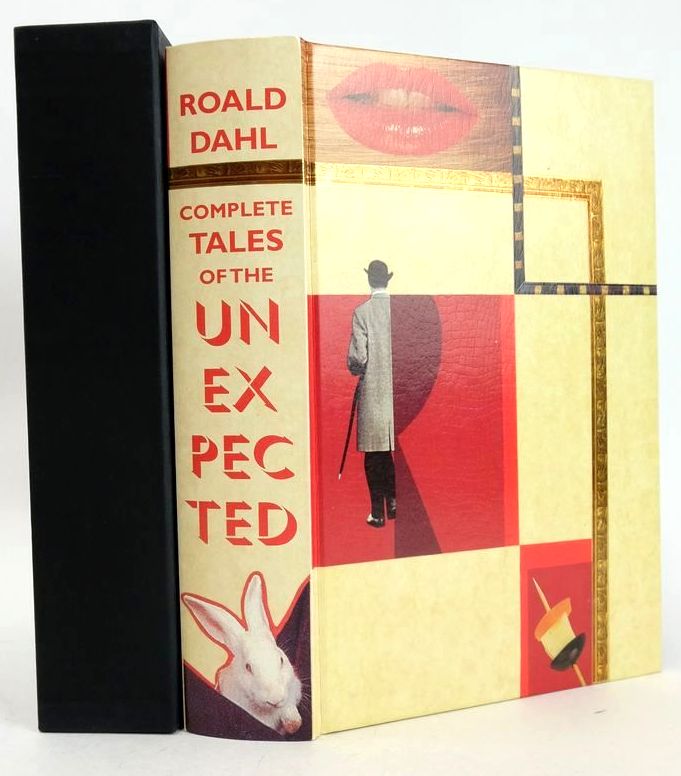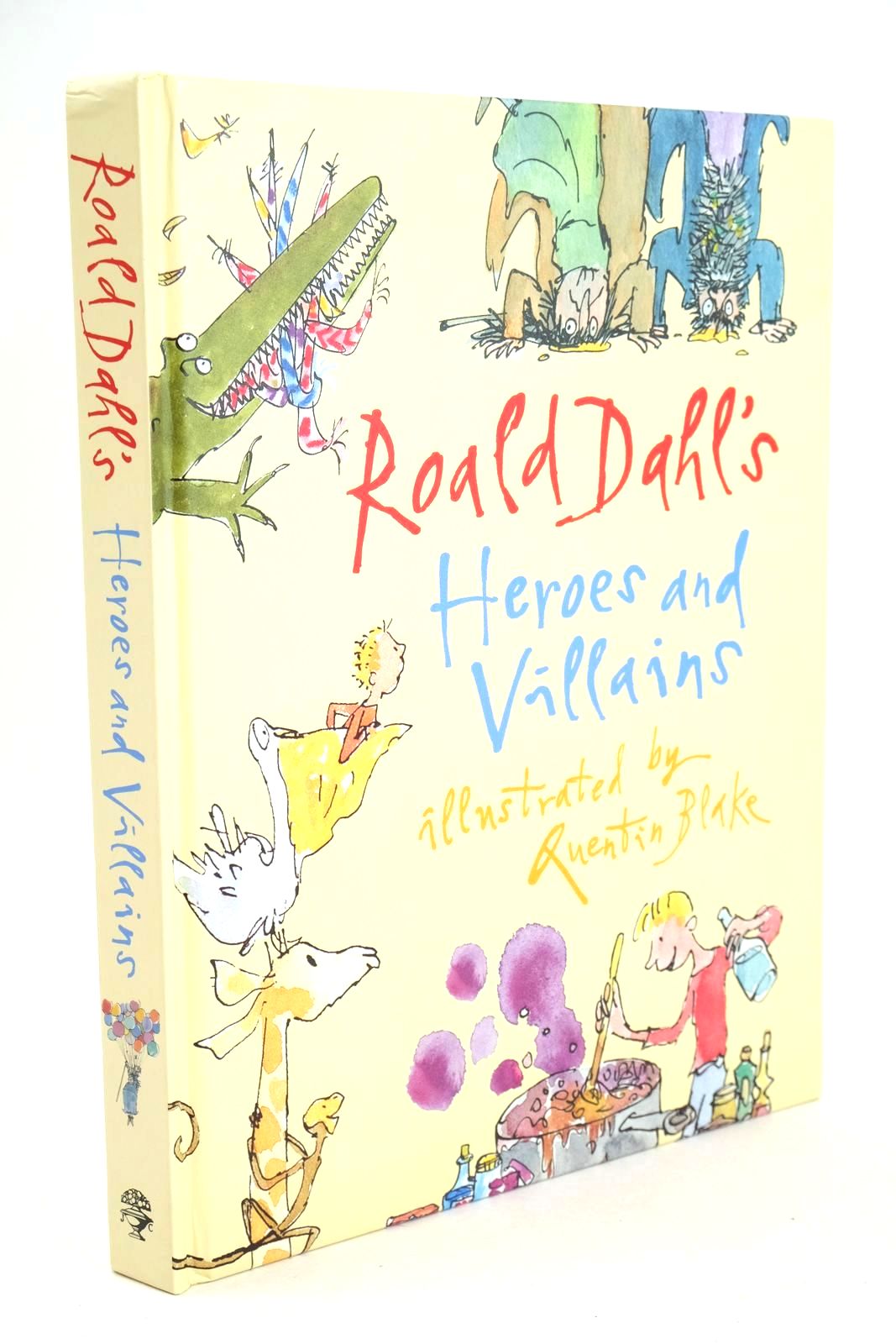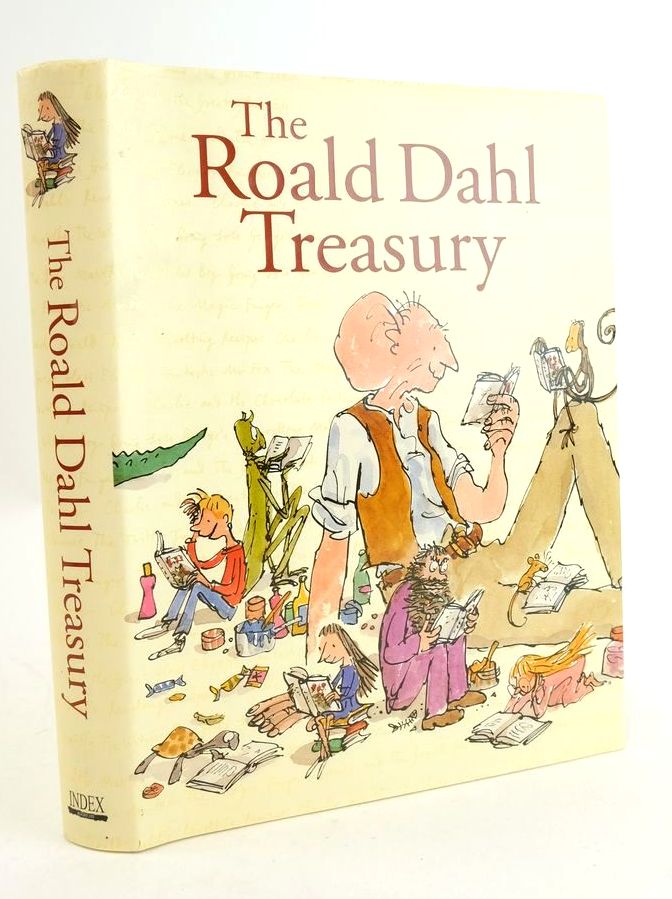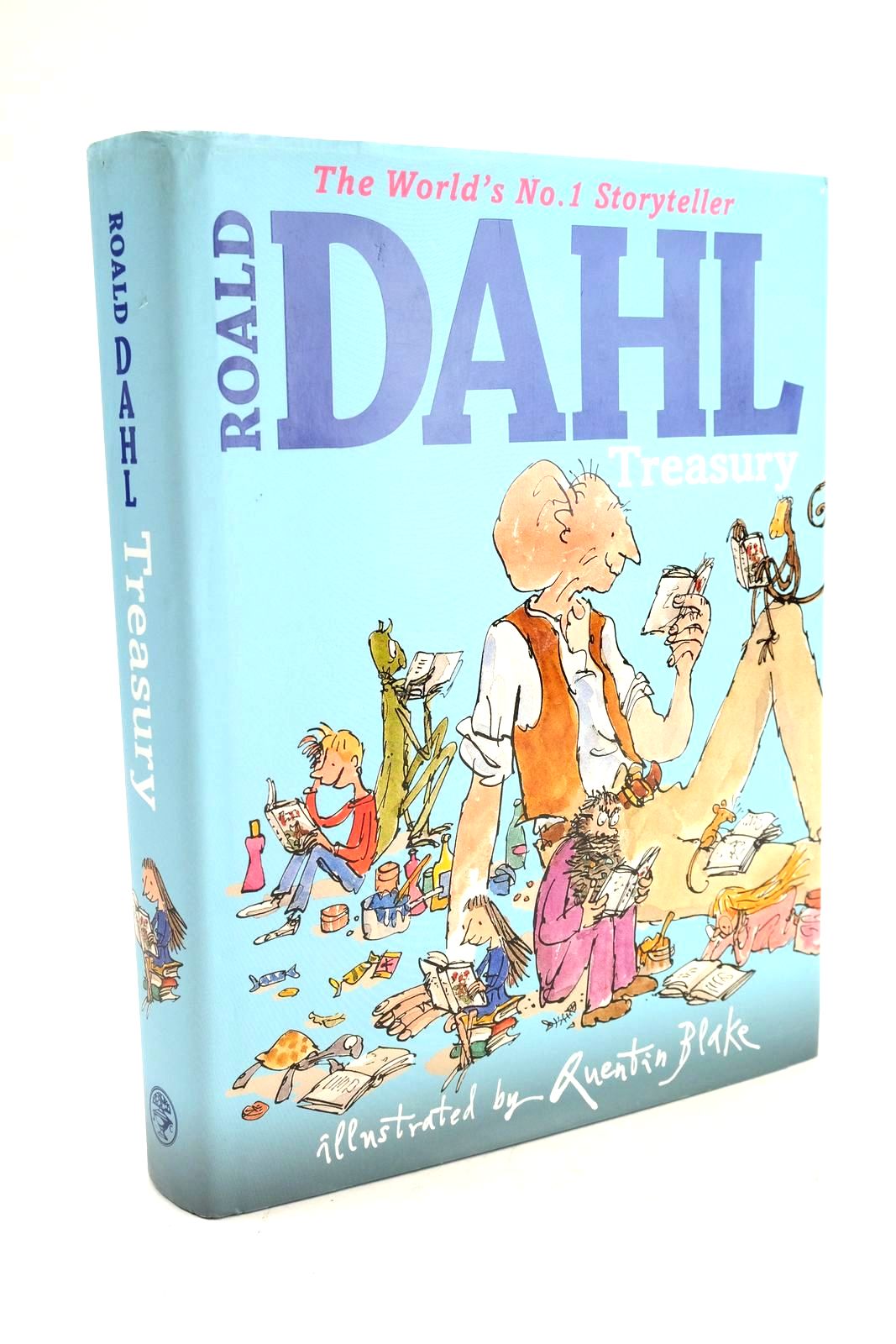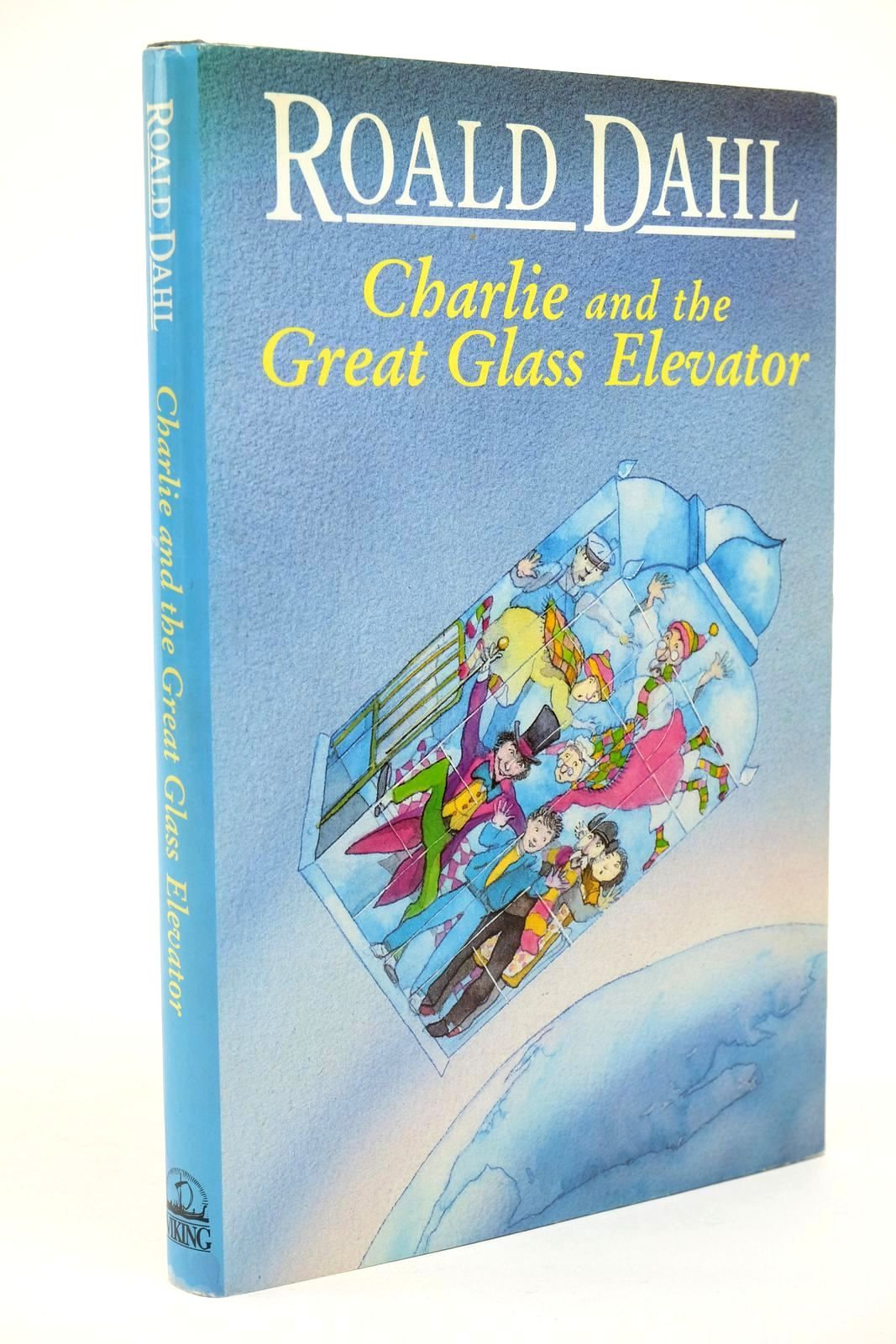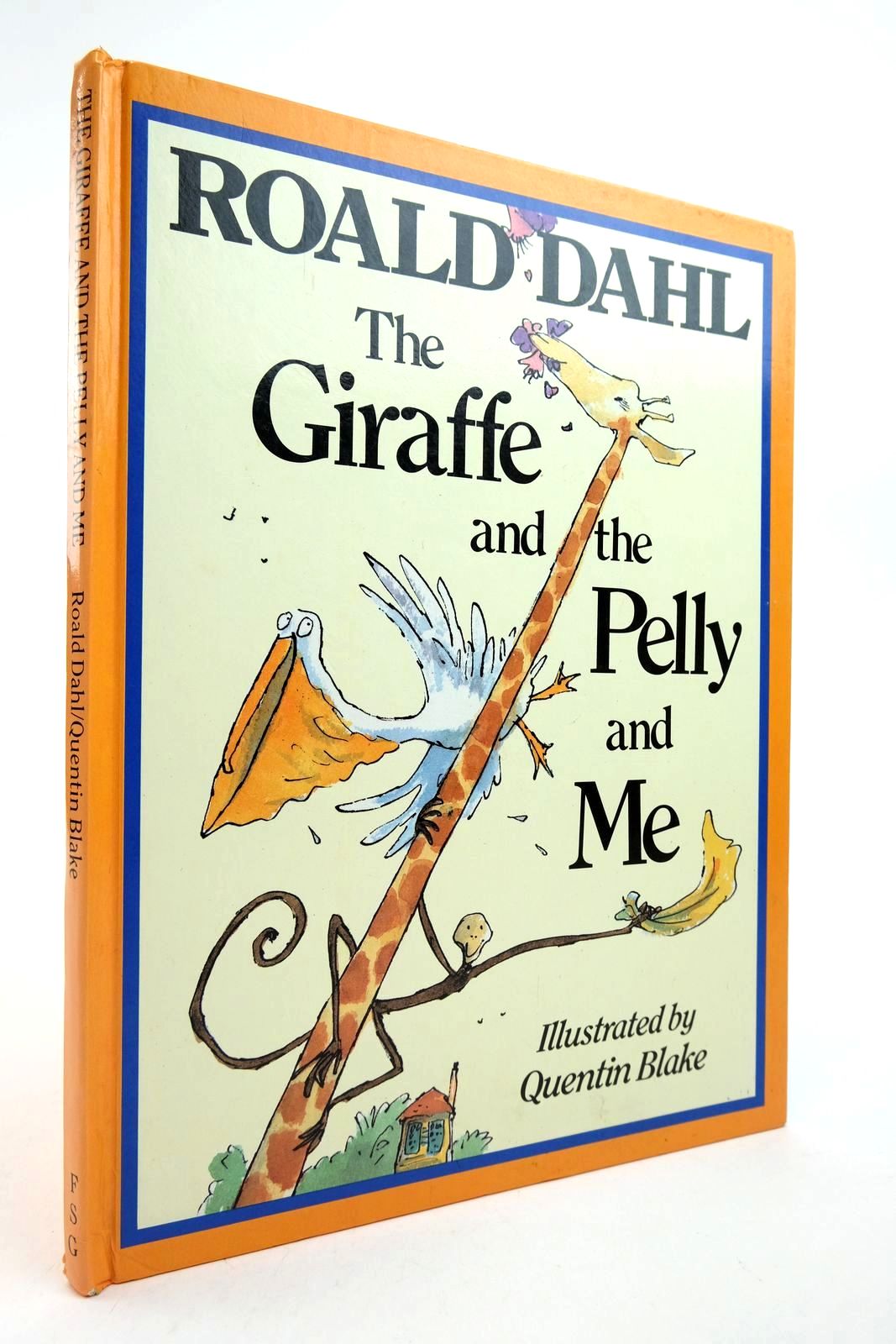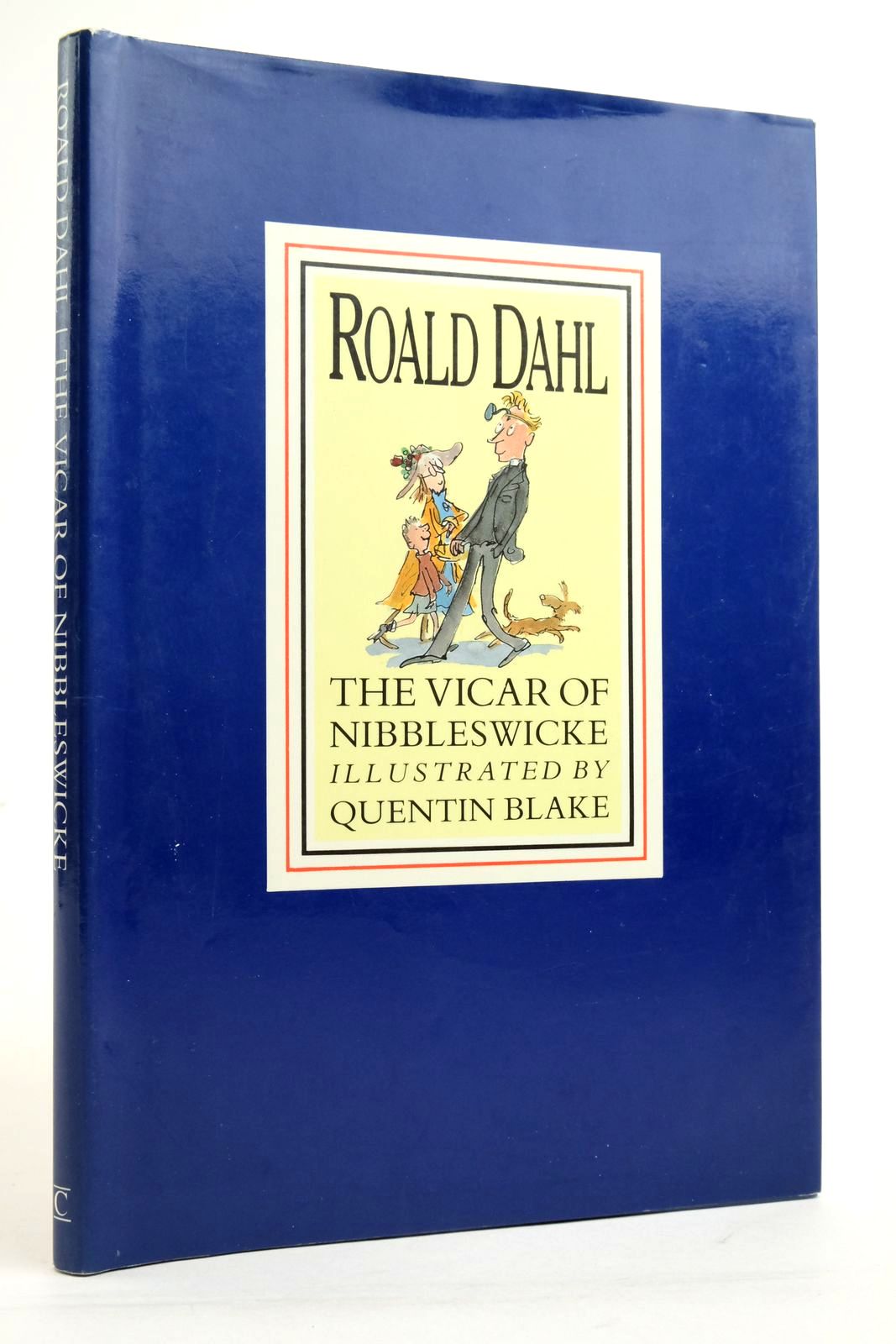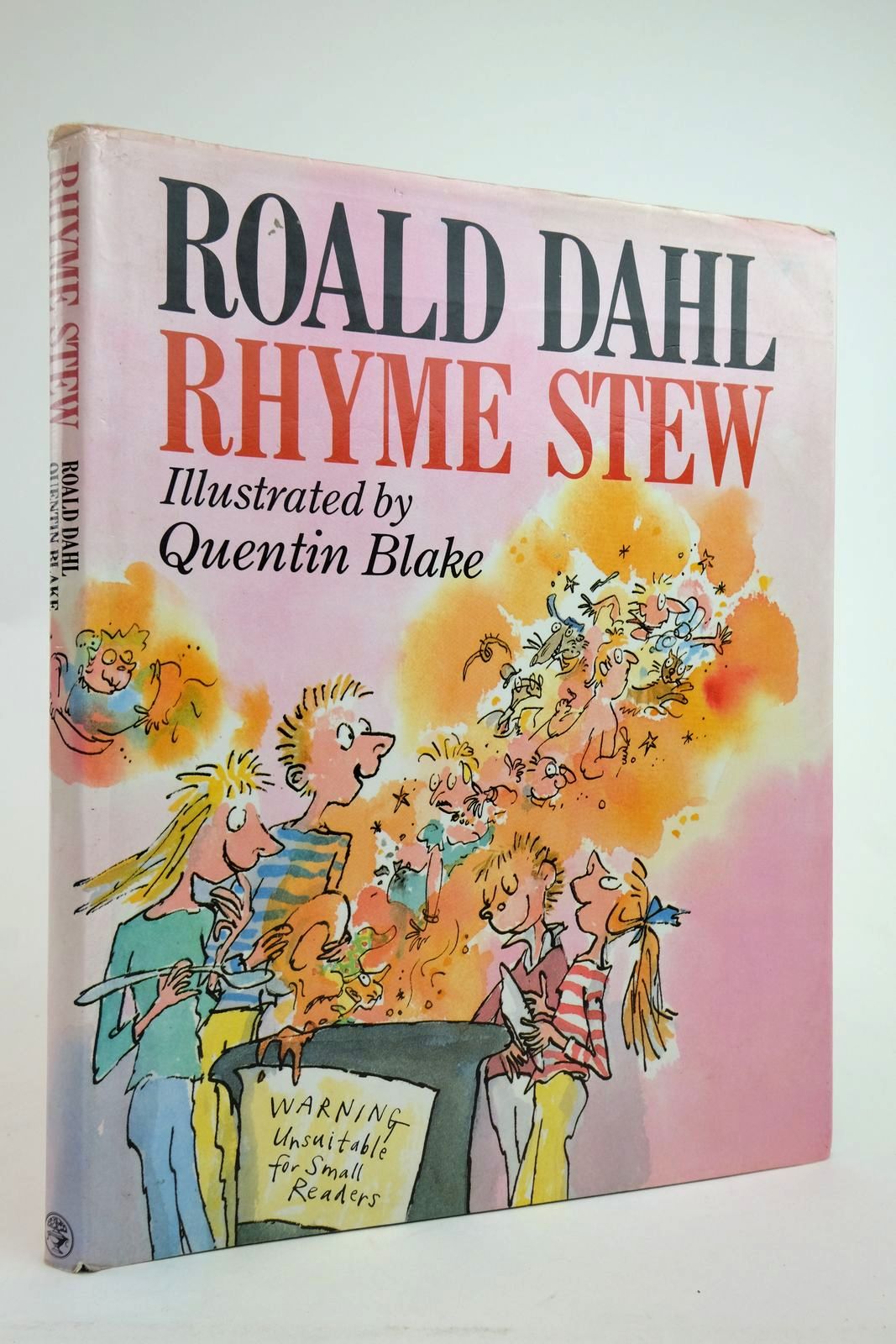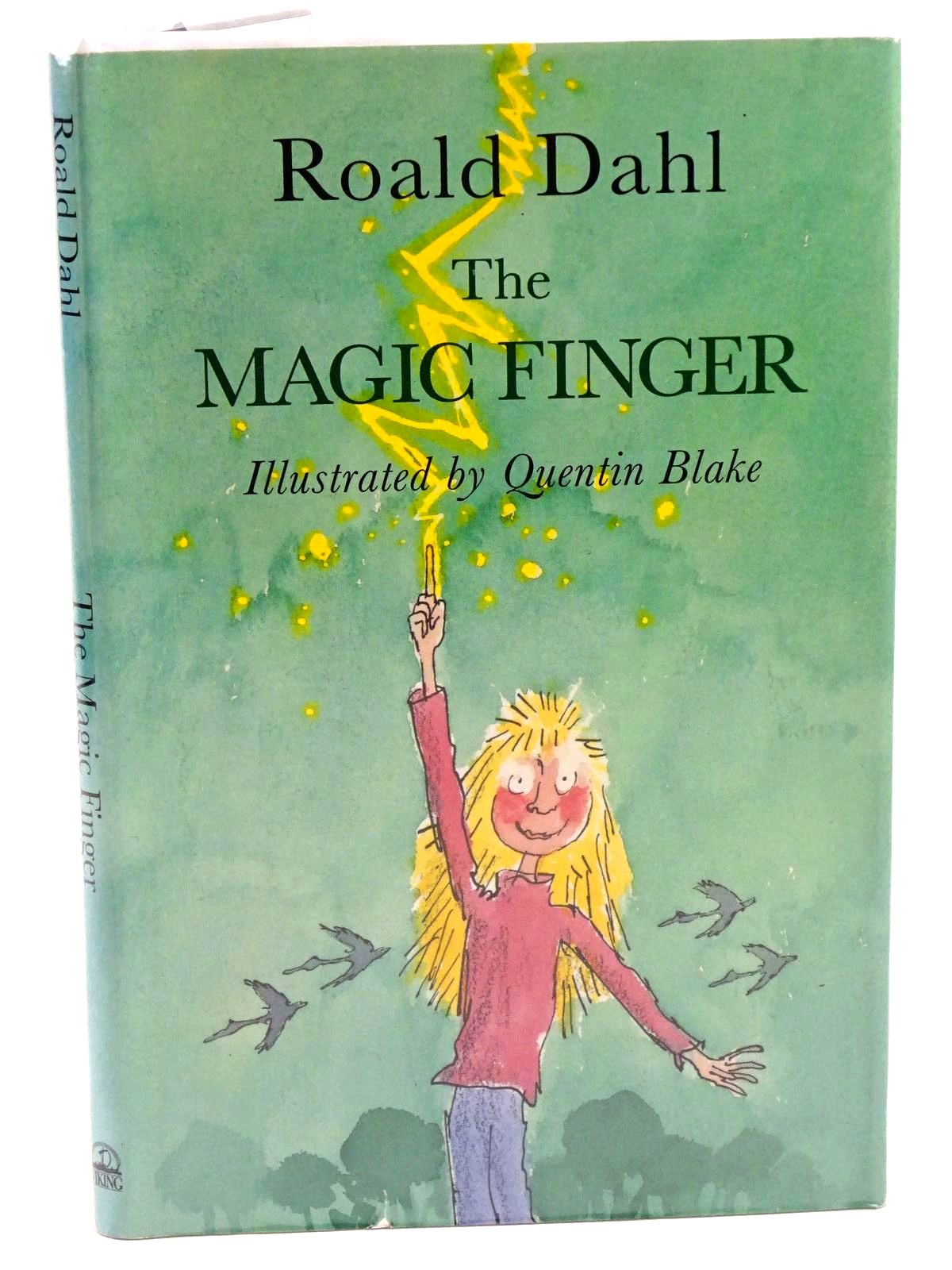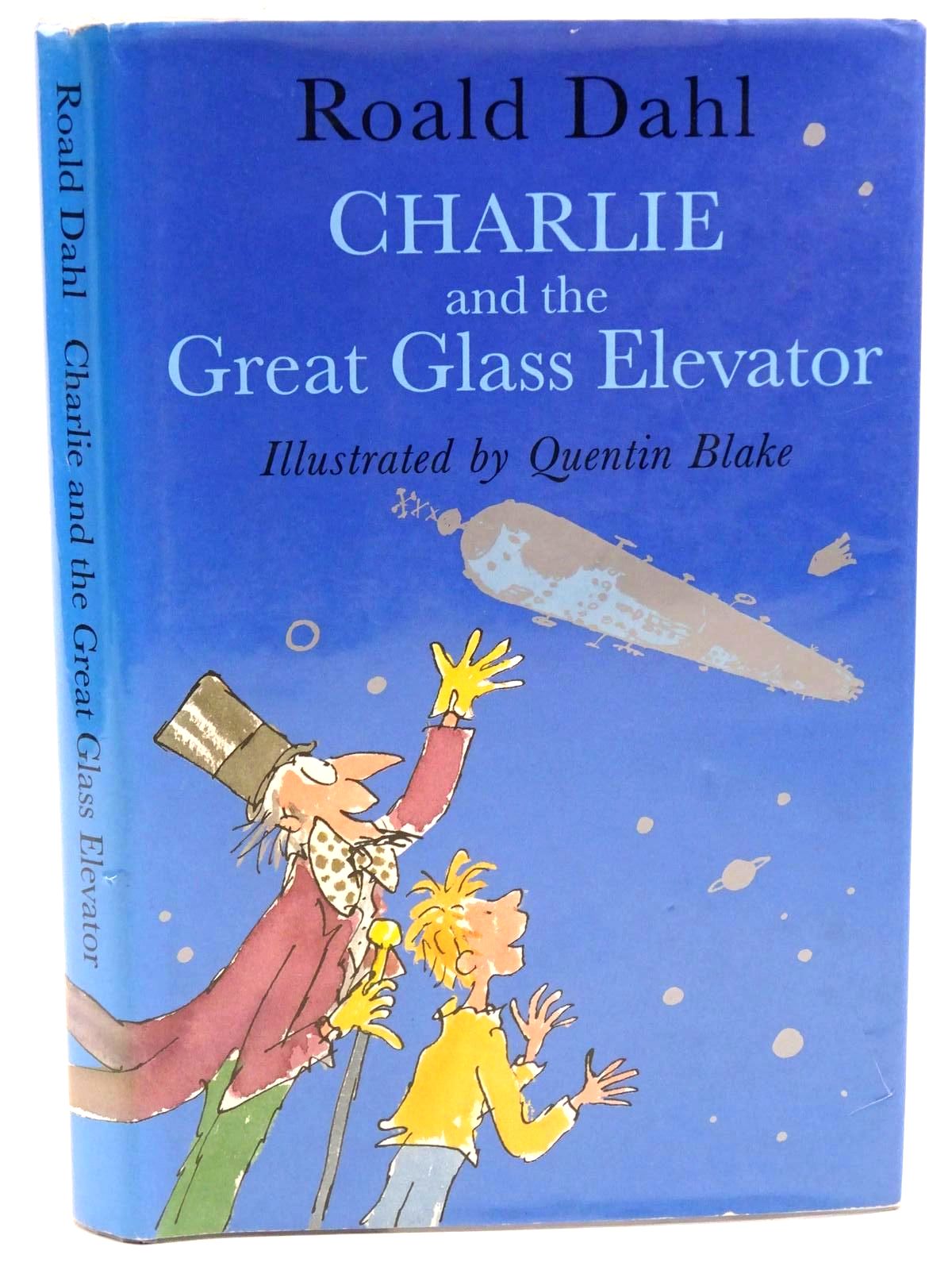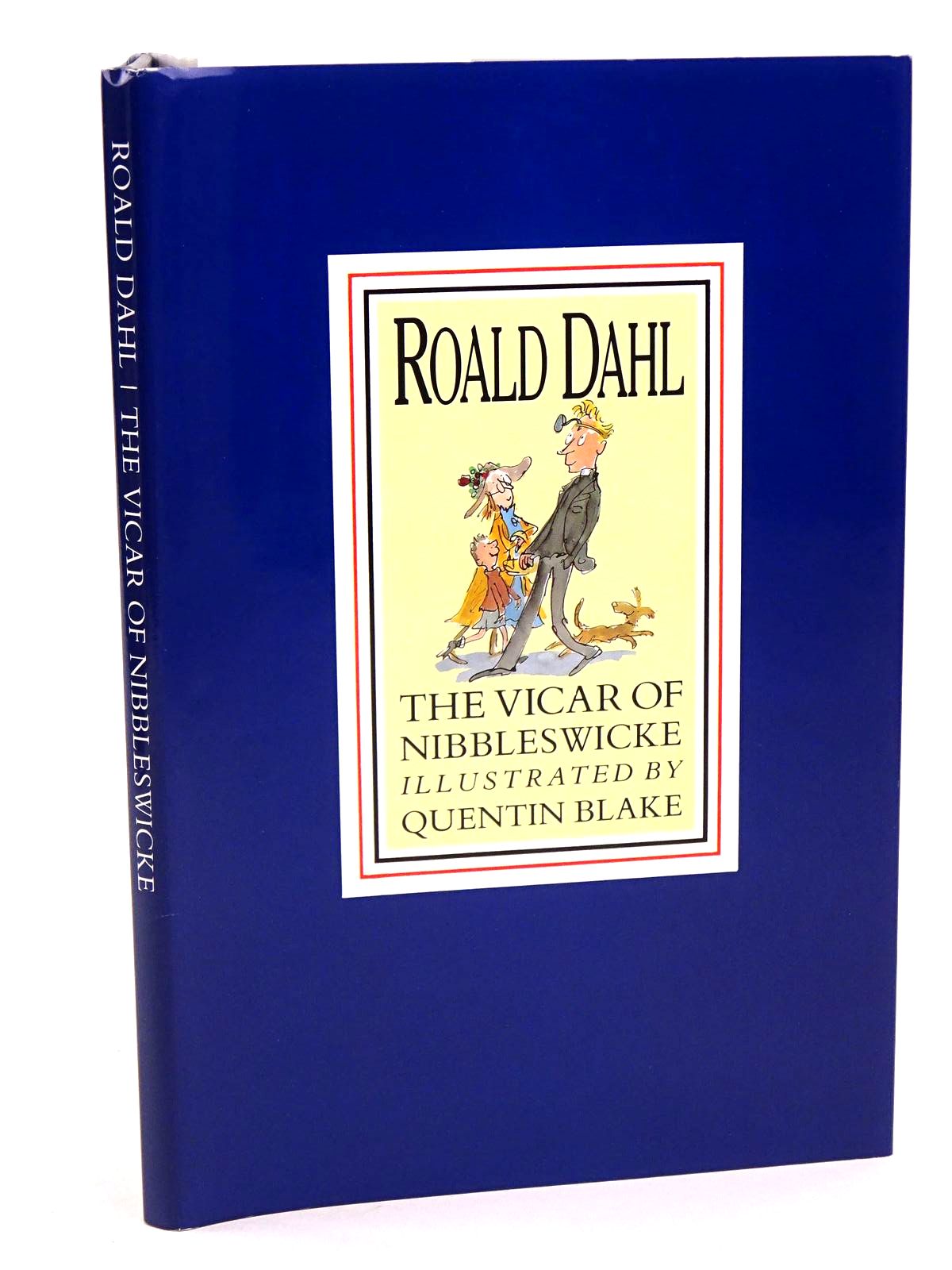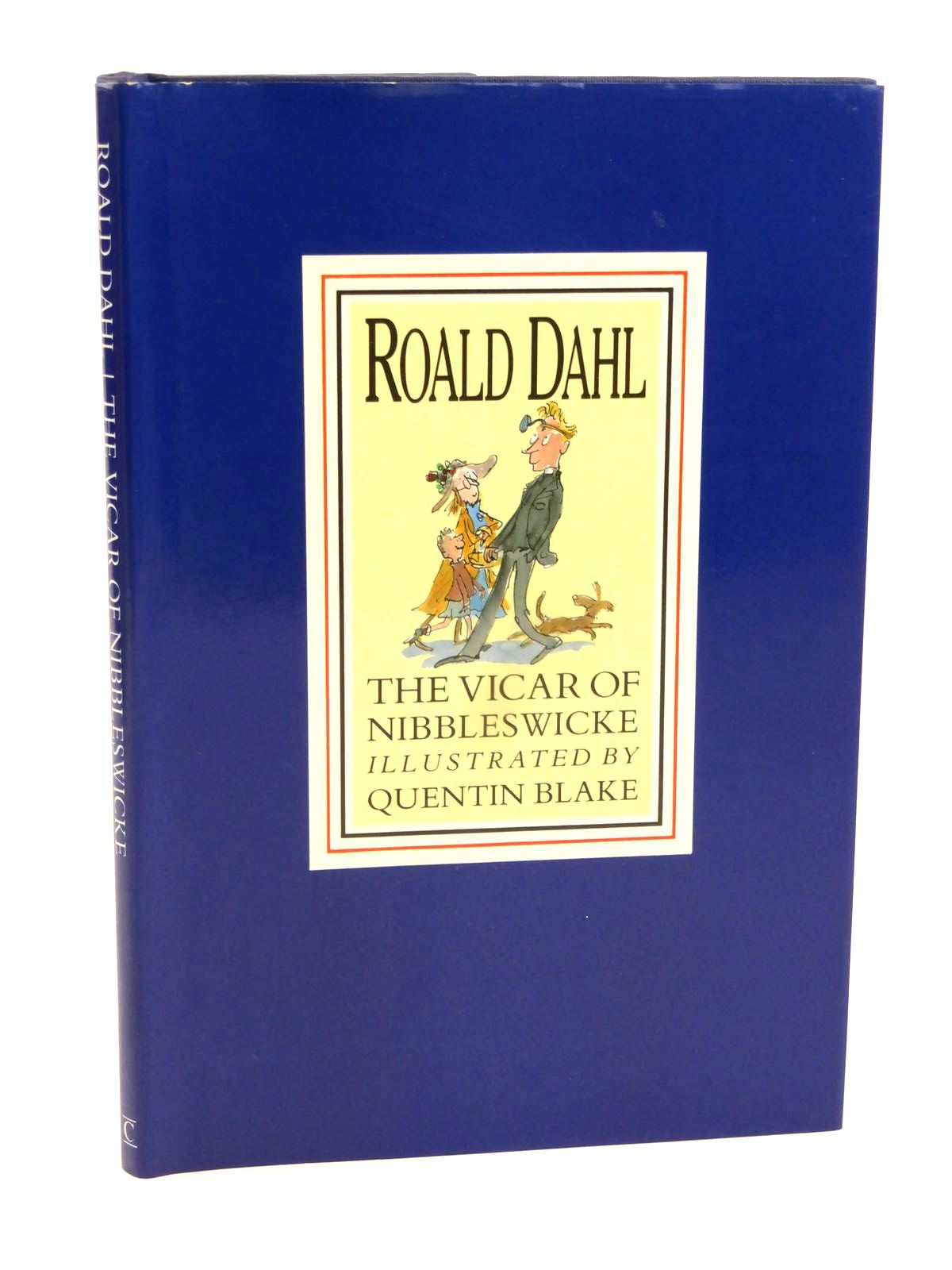roald dahl
 The garden to Gipsy House was a maze. At its entrance was placed a slate paving stone which read "...Watch with glittering eyes the whole world around you because the greatest secrets are always hidden in the most unlikely places. Those who don't believe in magic will never find it". This motto well reflected the attitude of the occupier of the hut at the top of the garden. For, inside the hut at the top of that particular garden, Roald Dahl wrote his stories.
The garden to Gipsy House was a maze. At its entrance was placed a slate paving stone which read "...Watch with glittering eyes the whole world around you because the greatest secrets are always hidden in the most unlikely places. Those who don't believe in magic will never find it". This motto well reflected the attitude of the occupier of the hut at the top of the garden. For, inside the hut at the top of that particular garden, Roald Dahl wrote his stories.
"Roald Dahl was, quite simply, a magician. Those who were lucky enough to get to know him experienced his magic powers directly. And for others, perhaps Roald became a writer so that he could cast his spells by telling them stories. He was able to catch readers young and old in the first sentence of a story and to hold them to the very end". So wrote Tom Maschler, Roald Dahl's publisher. Although Roald Dahl did not choose writing as his first vocation, he was an incredibly gifted and imaginative man, developing into possibly the most important children's author of the 20th century.
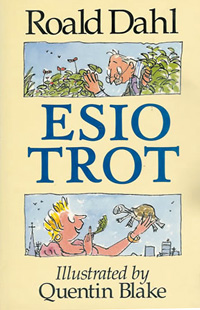 Roald Dahl was born in Llandaff, South Wales, on September 13th, 1916. His parents were both Norwegian. His father died when Roald was just 3 years old. As a consequence, Roald was sent away to school - something he later referred to as "the greatest torture in the world"! Perhaps it was his experiences at St. Peter's Prep School, and later Repton School that inspired so many of the revolting characters from his tales! On leaving school in 1934, Roald Dahl started work for the Shell Oil Company. This led to a posting in Tanzania and many subsequent adventures and anecdotes but these were all bought to an abrupt halt with the start of the Second World War in 1939.
Roald Dahl was born in Llandaff, South Wales, on September 13th, 1916. His parents were both Norwegian. His father died when Roald was just 3 years old. As a consequence, Roald was sent away to school - something he later referred to as "the greatest torture in the world"! Perhaps it was his experiences at St. Peter's Prep School, and later Repton School that inspired so many of the revolting characters from his tales! On leaving school in 1934, Roald Dahl started work for the Shell Oil Company. This led to a posting in Tanzania and many subsequent adventures and anecdotes but these were all bought to an abrupt halt with the start of the Second World War in 1939.
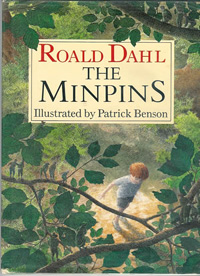 Roald Dahl chose to join the Royal Air Force, because, as he reasoned, the Navy was too far away and the Army involved far too much marching! After a rather brief 'crash course' in flying a Tiger Moth aircraft, he was assigned to join a Fighter Squadron based in the deserts of Libya. It was during his time here that Roald had to crash land his plane behind enemy lines, an event which left him with severe injuries. Both of his hips were smashed and his body badly burnt. After recovering from this and seeing further action in Greece, Syria and Palestine, Roald Dahl was finally invalided back to England in 1941. During his short career as a fighter pilot Roald Dahl had succeeded in shooting down five enemy aircraft. As a result, just three days after he had taken up a job as the Assistant Air Attache at the British Embassy in Washington early in 1942, Roald was approached by C.S. Forester.
Roald Dahl chose to join the Royal Air Force, because, as he reasoned, the Navy was too far away and the Army involved far too much marching! After a rather brief 'crash course' in flying a Tiger Moth aircraft, he was assigned to join a Fighter Squadron based in the deserts of Libya. It was during his time here that Roald had to crash land his plane behind enemy lines, an event which left him with severe injuries. Both of his hips were smashed and his body badly burnt. After recovering from this and seeing further action in Greece, Syria and Palestine, Roald Dahl was finally invalided back to England in 1941. During his short career as a fighter pilot Roald Dahl had succeeded in shooting down five enemy aircraft. As a result, just three days after he had taken up a job as the Assistant Air Attache at the British Embassy in Washington early in 1942, Roald was approached by C.S. Forester.
At that time Forester was writing articles for the Saturday Evening Post and was interested in having a written account of the pilot's experiences as a source for an article. The subsequent account written by Dahl identified him not only as an excellent pilot, but also as a budding author! As C.S. Forester commented in his response to Roald Dahl's account, "It is the work of a gifted writer... Did you know you were a writer?" More articles were requested - Roald Dahl's writing career had begun.
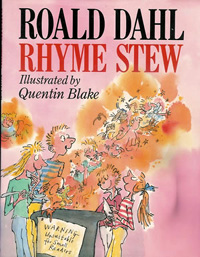 In 1942 Roald Dahl had his first story entitled The Gremlins serialised in Cosmopolitan magazine. It was met with great enthusiasm and soon after published as a book, both in the USA and the UK, and then later in Australia. But this was the only children's book penned by the author for nearly 20 years. In the following few years, Dahl chose to write adult stories, most of which appeared in American journals. He had just one novel and three books of short stories published prior to 1962. However, during this time, Roald Dahl had met and married Patricia Neal and they had started a family. Having children around resulted in a huge change of direction for the author's written work. As Roald Dahl later wrote, "I used to tell them a different made-up story every night. Some of them were pretty rotten but with one or two a child would say 'Can we have more of what you told us last night?' And so I started writing James. I liked it so much I went straight on to Charlie." Indeed, despite a lot of personal tragedies through the 60's, Dahl was inspired to start what was to become a glittering career as a children's author.
In 1942 Roald Dahl had his first story entitled The Gremlins serialised in Cosmopolitan magazine. It was met with great enthusiasm and soon after published as a book, both in the USA and the UK, and then later in Australia. But this was the only children's book penned by the author for nearly 20 years. In the following few years, Dahl chose to write adult stories, most of which appeared in American journals. He had just one novel and three books of short stories published prior to 1962. However, during this time, Roald Dahl had met and married Patricia Neal and they had started a family. Having children around resulted in a huge change of direction for the author's written work. As Roald Dahl later wrote, "I used to tell them a different made-up story every night. Some of them were pretty rotten but with one or two a child would say 'Can we have more of what you told us last night?' And so I started writing James. I liked it so much I went straight on to Charlie." Indeed, despite a lot of personal tragedies through the 60's, Dahl was inspired to start what was to become a glittering career as a children's author.
 His stories for children displayed an incredible empathy for the way children perceive life, regularly portraying them as the unfairly oppressed but innocent victims of a tyrannical and power obsessed adult. The end result was always the same - the child won out, usually after a delightfully squeamish and revolting sort of revenge on the aforementioned adult! It is obvious that Roald Dahl never forgot what it meant or felt like to be a child. His sense of adventure and mischief is captured in each and every book he penned. His wonderful word pictures and amusingly original language skills vividly reflected his sharp wit and incredible imagination. Who ever had heard of a Whipple-Scrumptious Fudgemallow Delight prior to reading Charlie and the Chocolate Factory or a Snozzcumber prior to reading The BFG? Superb!
His stories for children displayed an incredible empathy for the way children perceive life, regularly portraying them as the unfairly oppressed but innocent victims of a tyrannical and power obsessed adult. The end result was always the same - the child won out, usually after a delightfully squeamish and revolting sort of revenge on the aforementioned adult! It is obvious that Roald Dahl never forgot what it meant or felt like to be a child. His sense of adventure and mischief is captured in each and every book he penned. His wonderful word pictures and amusingly original language skills vividly reflected his sharp wit and incredible imagination. Who ever had heard of a Whipple-Scrumptious Fudgemallow Delight prior to reading Charlie and the Chocolate Factory or a Snozzcumber prior to reading The BFG? Superb!
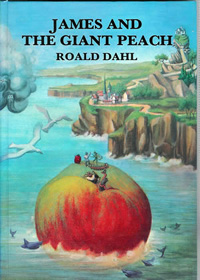 From the period of 1962, when James and the Giant Peach was first published, until Roald Dahl's death in 1990, the author wrote over 20 books for children, including poetry and fairy tales. Particularly worthy of note is his book The Enormous Crocodile. This book was printed in 1978 and saw the introduction of the illustrator Quentin Blake. The subsequent partnership of Dahl and Blake was an enormous success. Dahl also wrote several more books for adults. However, my personal recommendation for any bookworm unacquainted with Roald Dahl (if that is even possible!) is his two autobiographies, Boy and Going Solo. The books are wonderfully written and exceedingly entertaining. Roald Dahl lived life to the full and greatly enjoyed the funny side of it.
From the period of 1962, when James and the Giant Peach was first published, until Roald Dahl's death in 1990, the author wrote over 20 books for children, including poetry and fairy tales. Particularly worthy of note is his book The Enormous Crocodile. This book was printed in 1978 and saw the introduction of the illustrator Quentin Blake. The subsequent partnership of Dahl and Blake was an enormous success. Dahl also wrote several more books for adults. However, my personal recommendation for any bookworm unacquainted with Roald Dahl (if that is even possible!) is his two autobiographies, Boy and Going Solo. The books are wonderfully written and exceedingly entertaining. Roald Dahl lived life to the full and greatly enjoyed the funny side of it.
May his stories and rhymes delight children and adults alike long into the future!
Submitted by Claire Waldron
(Published 30th Sep 2013)


